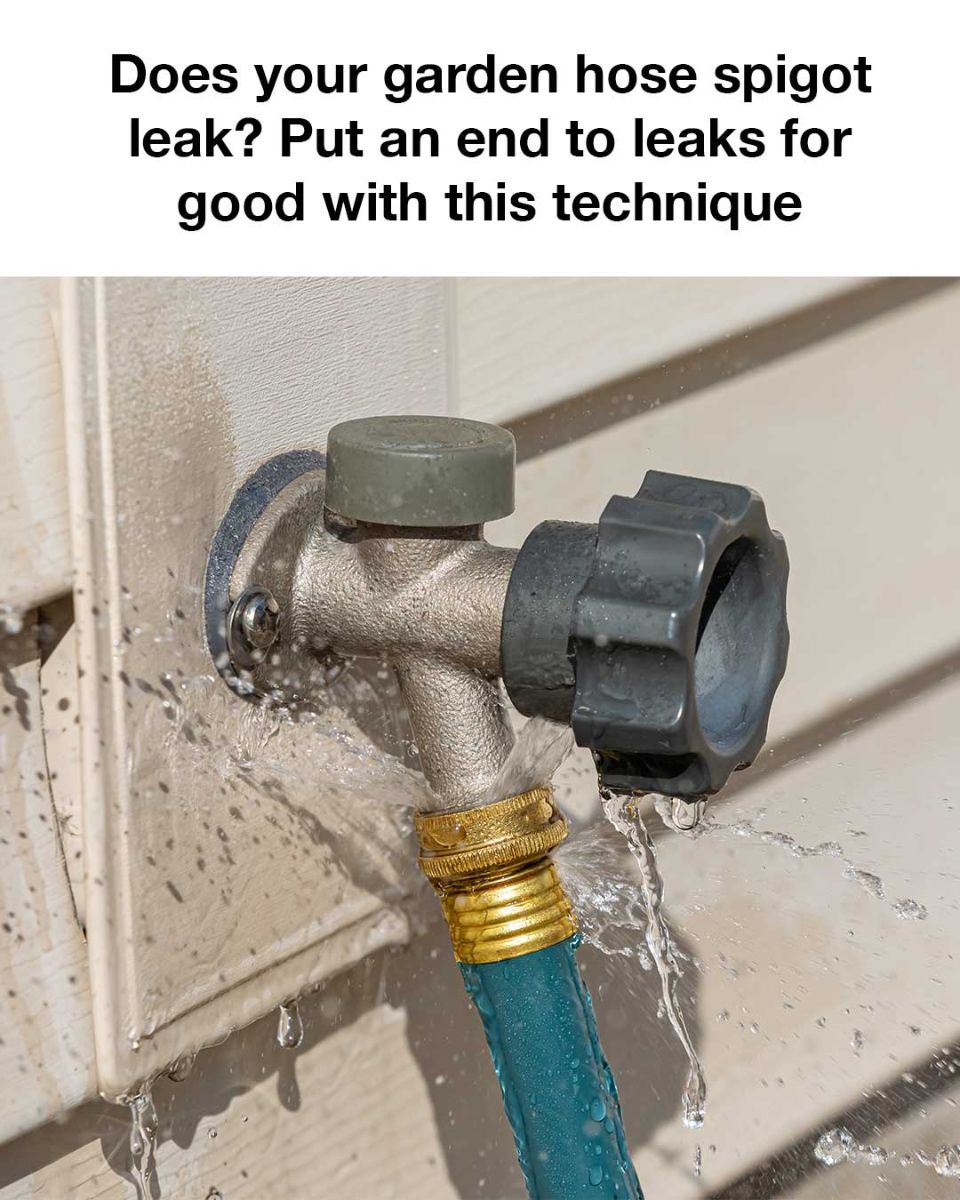ADVERTISEMENT
2. Leaking Pipes:
Leaking pipes can occur due to corrosion, wear, or damage from external pressure. If you notice water pooling around your pipes, or hear a hissing sound, it’s time to address the issue.
How to Fix It:
- Turn off the main water supply.
- Use a pipe wrench to tighten any loose fittings.
- For small cracks or holes, you can temporarily patch the leak with plumber’s tape or a pipe repair clamp until you can replace the damaged section.
- For more significant damage, it’s best to replace the damaged pipe section or call a professional plumber.
3. Leaky Toilets:
A toilet leak can often be traced to the base or the tank. Sometimes, the issue is with the flapper valve inside the tank, which can cause water to leak into the bowl constantly.
How to Fix It:
- Turn off the water supply to the toilet and flush to empty the tank.
- Inspect the flapper valve and the rubber seal for damage. If either part is worn out, replace it with a new one.
- Check the bolts that secure the toilet to the floor and ensure they are tight. If there’s a leak at the base, you might need to replace the wax seal beneath the toilet.
- Turn the water back on and check for leaks.
4. Roof Leaks:
A leaking roof can be one of the most costly problems to fix, but catching it early can save you a lot of money and prevent more serious damage down the road. Roof leaks are often caused by missing shingles, cracks in the flashing, or general wear and tear.
How to Fix It:
- Inspect the roof for missing shingles or cracked flashing, especially after heavy rain or windstorms.
- Replace any missing or damaged shingles with new ones.
- Seal any cracks in the flashing with roofing cement.
- For larger leaks or structural issues, it’s best to call a roofing professional to assess the damage and make the necessary repairs.
5. Water Heater Leaks:
If you notice water pooling around your water heater, it could be a sign of a leak. Leaks from the water heater can occur at the valve or from the tank itself.
How to Fix It:
- Turn off the power supply to the water heater (or gas supply if it’s a gas-powered unit).
- Inspect the inlet and outlet valves for leaks. Tighten any loose connections.
- If the tank itself is leaking, it may need to be replaced, as water heaters typically have a lifespan of about 10-15 years.
- In case of a tank leak, it’s advisable to consult a professional plumber to replace the unit.
DIY Leak Repair Tips
- Turn Off the Water Supply: Before starting any plumbing or leak repairs, always turn off the water supply to prevent further damage and flooding.
- Use Proper Tools: Having the right tools for the job, such as wrenches, pipe tape, and sealants, is essential for ensuring a successful fix.
- Check for Hidden Leaks: Sometimes leaks are not immediately visible. Look for signs like water stains, mold, or a sudden spike in your water bill, which may indicate a hidden leak behind walls or under floors.
- Dry the Area: After you’ve completed the repair, make sure to dry the affected area thoroughly to avoid further water damage or mold growth.
- Consult a Professional: For large or complex leaks, or if you’re not comfortable doing the repairs yourself, it’s always a good idea to consult a professional plumber or contractor to ensure the job is done right.
Why Fixing Leaks Is Important
- Prevents Water Damage: Unrepaired leaks can lead to serious water damage, including rotting wood, warped floors, and even structural issues in your home.
- Saves Money: Fixing leaks reduces your water bill by preventing wasted water from dripping or running. In the long run, it’s a cost-effective solution.
- Protects Your Health: Stagnant water from leaks can promote mold and mildew growth, which can pose health risks, especially for people with allergies or respiratory conditions.
- Improves Home Efficiency: A well-maintained plumbing system ensures that your home runs more efficiently, providing you with consistent water pressure and reducing energy waste.
Conclusion: Fix Your Leak for Good
Fixing a leak in your home doesn’t have to be a daunting task. With a few simple tools, a little know-how, and some patience, you can take care of many common leaks yourself and prevent costly repairs down the line. From faucets and toilets to pipes and roofs, there are plenty of DIY solutions for even the trickiest leaks.
By addressing leaks quickly and efficiently, you can protect your home from water damage, save money on your water bill, and maintain a healthy, comfortable living environment. Now that you know how to fix your leaks for good, there’s no need to stress over that constant drip or puddle – take action and enjoy a leak-free home!
ADVERTISEMENT
